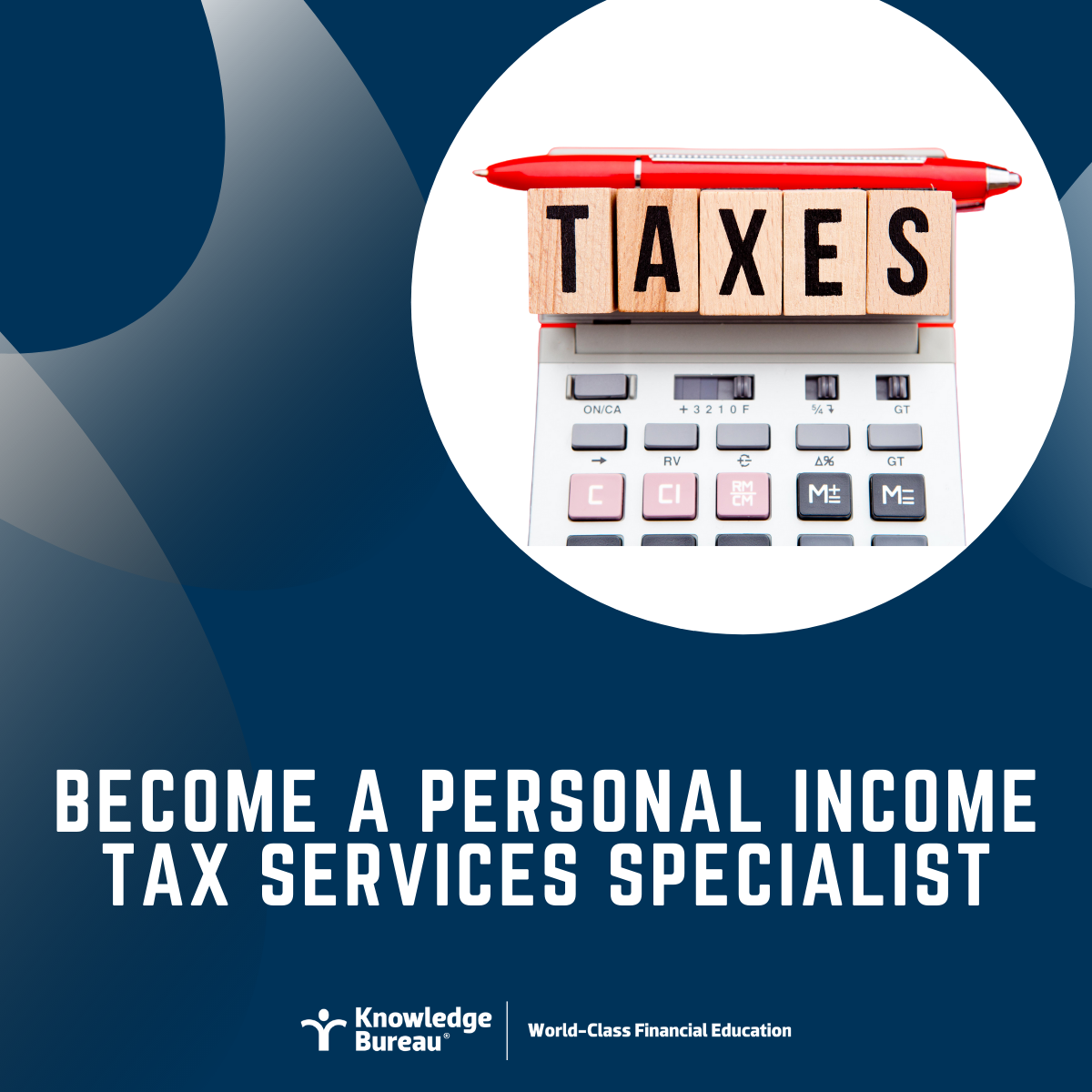Last updated: January 21 2021
TFSA or RRSP?

Evelyn Jacks
It’s officially both TFSA and RRSP season. Both plans are a tax-assisted gift to future financial freedom and based on recently released 2018 CRA statistics, Canadians have embraced their TFSA opportunities. What’s particularly encouraging is that it’s a savings plan both Millennials and GenXers have embraced; an important consideration for tax and financial advisors who want to add value to these relationships.
Specifically, the Millennials hold one third of all TFSAs; while GenXers and younger Boomers hold 42% of them. The majority of TFSA holders fall squarely into an average, middle class scenario with 52% of people having incomes below $50,000.
The average balance in a TFSA is $20,300 although people with incomes between $90,000 and $250,000 have an average balance in their TFSA of $27,000. This is somewhat surprising as the maximum contribution room as of January 1, 2021 is $75,500. There is clearly some work to do in helping Canadians help themselves to this opportunity to build tax free retirement  incomes.
incomes.
The statistics tell us that the average unused contribution room is $34,165. If someone came into a windfall, say an inheritance or severance package, the TFSA would be a good place to park that money, especially if there was no RRSP contribution room.
Which leads to the question, what should come first for those who have both RRSP and TFSA room? Like so many tax questions the right answer is “It depends”. Here are some strategies to consider:
- Taxable employed or self-employed individuals: Make the RRSP contribution first, receive your tax refund and then use it to shore up your TFSA. Also consider a spousal RRSP to equalize retirement income in the future, thereby maximizing an opportunity for taxable RRSP de-accumulations to be taxed at lower marginal tax rates.
- Pandemic-stricken unemployed or new tax filers: The TFSA does not require earned income from the prior year, so those who lost jobs because of the pandemic can shore up their tax assisted savings with a TFSA contribution. Those residents who are at least age 18 but do not have unused RRSP contribution room can contribute to their TFSA and start their tax-free financial futures with good savings habits and maximum flexibility to use the funds for RRSP savings in the future.
- Seniors over the age of 71:The RRSP has an age limitation so it makes sense to continue to save for the future in a TFSA if you are over age 71. However, remember that if you have a spouse and RRSP contribution room at this stage of life, a spousal RRSP contribution will save you tax dollars.
See a DFA-Tax Services Specialist™ for more help in planning your tax-assisted financial future with these two excellent savings vehicles. With the significant debt governments are in due to the pandemic relief programs, it’s always a good idea to save for a rainy day. There are also no guarantees that current tax assisted savings plans will stay around in their current form.
Evelyn Jacks is President of Knowledge Bureau and author of 55 books on tax filing and family wealth planning. Follow her on twitter @evelynjacks.

